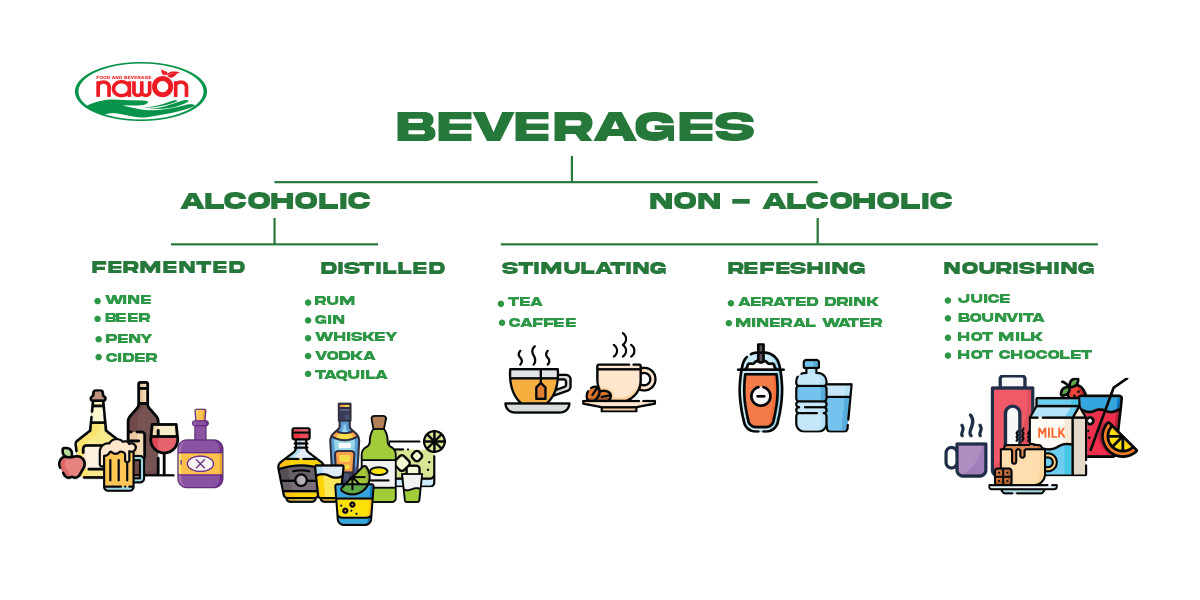The incredible variety of types of drinks is what drives the billion-dollar beverage industry, offering everything from timeless classics to modern innovations. With so many choices, navigating this diverse world can feel overwhelming. To make it easier, explore Nawon’s classification below for a clear and straightforward overview.
What is beverage
A beverage is a liquid that is specifically prepared for human consumption. Common examples include water, tea, coffee, juice, milk, soft drinks, and alcoholic beverages. Beverages can serve various purposes, such as quenching thirst, providing nutrients, or being enjoyed for their taste.
The term “beverage” is broad and encompasses a wide types of drinks that people consume in various cultures and contexts. However, they are all divided into 2 types:
- Alcoholic drink
- Non-alcoholic drink
Here is the detailed beverage classification:
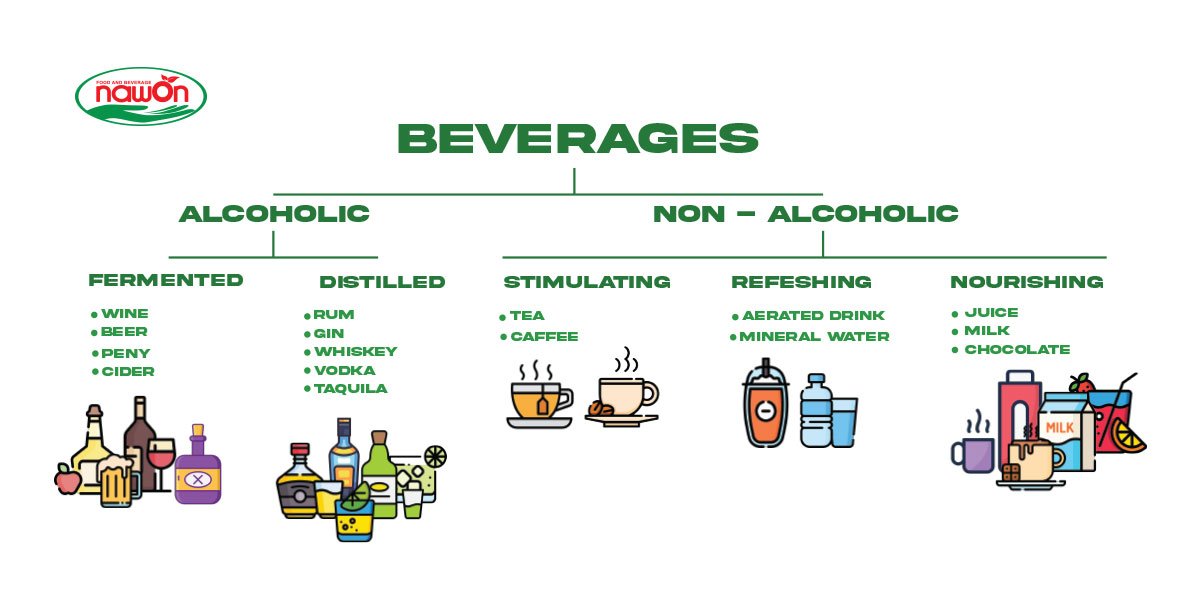
What are alcoholic drinks and non-alcoholic drinks?
Alcoholic drink
An alcoholic drink is a beverage containing ethanol, a type of alcohol produced by the fermentation of grains, fruits, or other sources of sugar, commonly-known as alcohol. Ethanol, which we commonly refer to as alcohol, is in a class of psychoactive drugs known as depressants.
Alcoholic beverages can be categorized into two main types of beverages:
- Fermented beverages: Fermented beverages are made through fermentation, where yeast breaks down sugars without oxygen, producing alcohol and carbon dioxide. This process creates ethanol, beer, and wine. Low-alcohol drinks result from fermenting sugar- or starch-based ingredients, while distillation increases alcohol content. Examples include beer, cider, perry, and wine.
- Distilled beverages: Distilled beverages undergo distillation to increase alcohol content, containing at least 20% ABV (alcohol by volume). ABV indicates the alcohol percentage in 100ml of liquid at 20°C. Drinks are often labeled as “light” or “strong” based on ABV, such as 10% ABV meaning 10ml of alcohol per 100ml. Standard distilled drinks include rum, brandy, whiskey, gin, and vodka.
Throughout history, alcohol has been an integral part of human civilization, serving various purposes. From ancient times to the modern era, people across different cultures have consumed alcohol for nutrition, hygiene, medicine, relaxation, euphoria, entertainment, artistic inspiration, and even as an aphrodisiac. This widespread use reflects the deep cultural and social significance of alcoholic beverages.
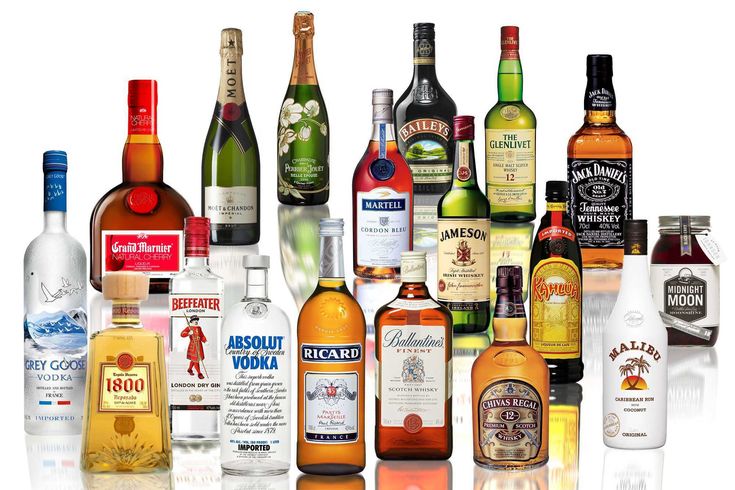
Read more: Top 10 Most Consumed Beverages In The World
Non-alcoholic drink
A non-alcoholic drink is a beverage that contains little to no alcohol. These drinks are specifically crafted to be free from alcoholic content, catering to individuals who either choose to abstain from alcohol or are unable to consume it for various reasons. Non-alcoholic drinks come in a wide variety and can include:
Stimulating beverages
- Stimulating beverages provide a refreshing boost, often containing caffeine or natural herbal properties.
- These include tea, served hot or iced, with or without added flavors.
- Coffee, available in regular or decaffeinated forms, is another popular choice.
- Herbal infusions, made by steeping herbs, flowers, or other plant ingredients in hot water, offer a caffeine-free alternative.
Refreshing beverages
Refreshing beverages help quench thirst and revitalize the body.
- Water is the most essential and widely consumed option.
- Mocktails, alcohol-free versions of cocktails, blend juices, sodas, and various flavors.
- Soft drinks, including sodas and colas, provide a fizzy, flavorful experience.
- Sodas and sparkling water add a bubbly refreshment, whether flavored or plain.
Nourishing beverages
Nourishing beverages offer essential nutrients and energy.
- Milk and dairy alternatives, such as cow’s, almond, and soy milk, provide calcium and protein.
- Juices, whether fruit-based, vegetable-based, or blended, deliver natural flavors and vitamins.
- Chocolate drinks add a rich, indulgent option, enjoyed both hot and cold.
Non-alcoholic drinks provide a wide range of options for individuals who want to enjoy diverse and refreshing beverages without the presence of alcohol. They are popular in social settings, and the market for non-alcoholic alternatives has grown to accommodate a broader customer.
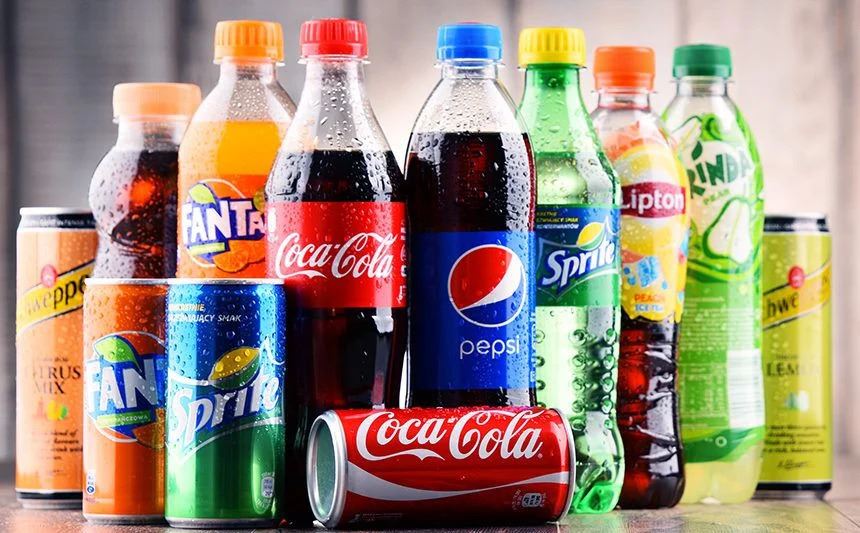
Read more: Top 10 Best Drinks To Flush Your System Effectively
List the top 20 types of drinks
Drinks come in various flavors, textures, and purposes, catering to different tastes and occasions. From essential beverages like water to complex alcoholic drinks, there are countless options to explore. This list covers the top 20 drink types, providing a guide to some of the most popular and widely consumed drinks worldwide.
Non-Alcoholic Drinks
1. Water
In 2024, people consume trillions of liters of water globally. As the most essential beverage, water is vital for hydration, digestion, and overall health. Many prefer bottled, filtered, or sparkling water for convenience. Despite the availability of other drinks, water remains irreplaceable in daily life.
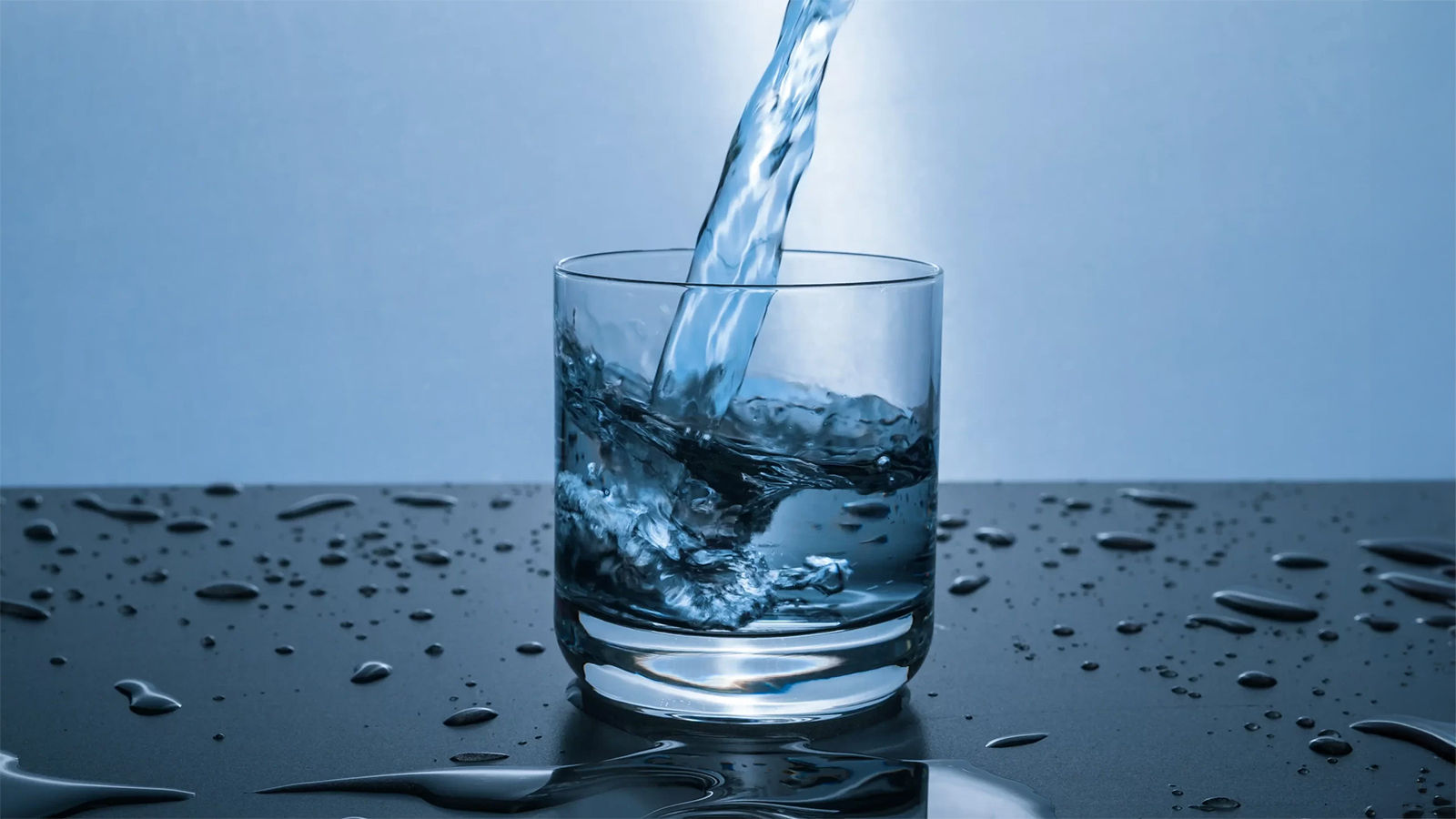
2. Tea
Tea is one of the world’s most consumed beverages, with approximately 6.3 million metric tons consumed in 2024. Popular varieties include black, green, and herbal teas. Many drink tea for relaxation or caffeine, while bottled iced teas continue to gain popularity.
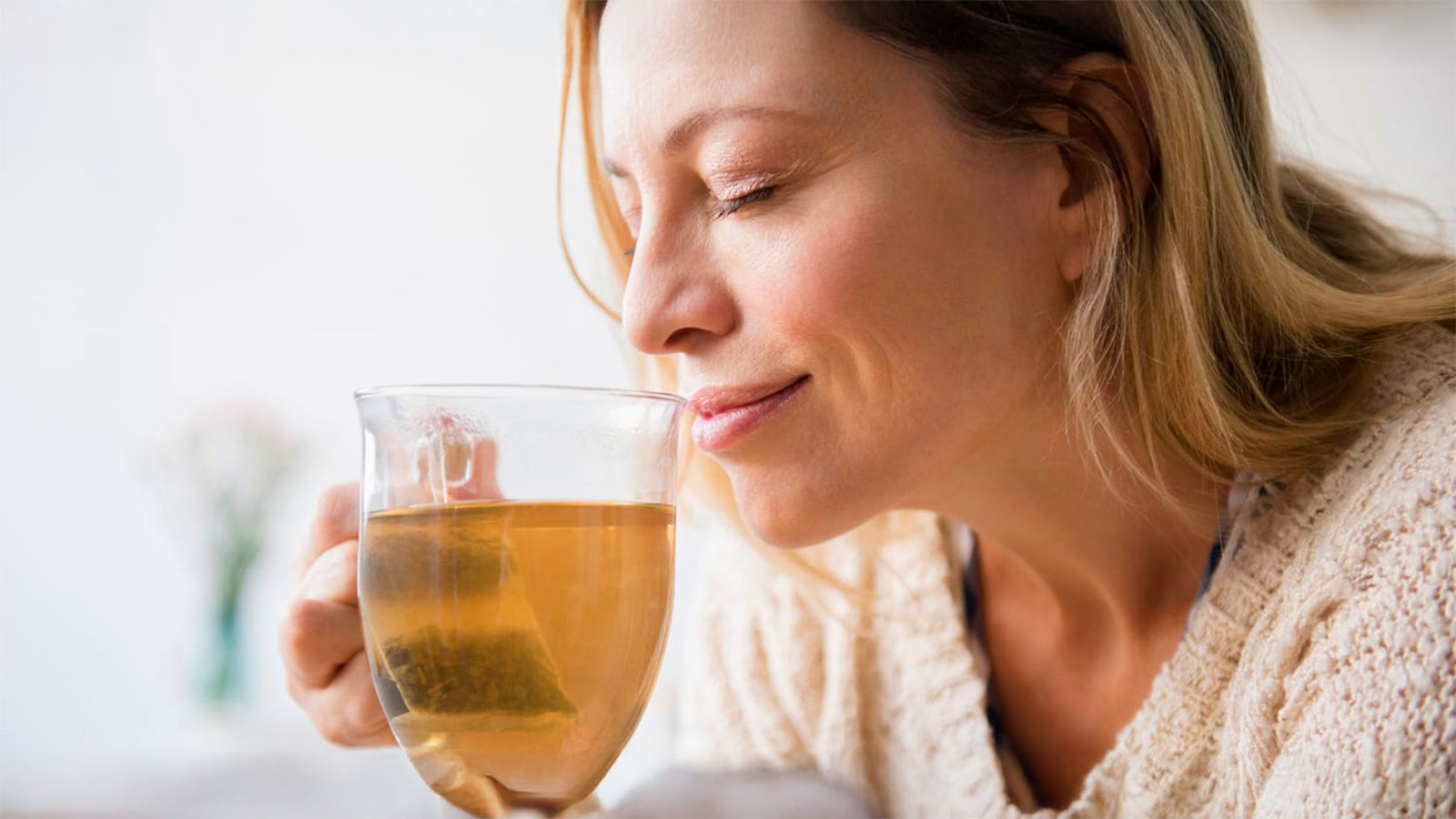
Read more: Top 10 Best Fruit Juice Brand In The World
3. Coffee
People drink over 2 billion cups of coffee daily in 2024. Coffee remains a global favorite known for its rich aroma and caffeine content. Popular types include espresso, cappuccino, and cold brew, with traditional and specialty coffee growing in demand.

4. Milk
In 2024, global milk consumption will reach 600 billion liters. Dairy milk remains common, while almond, oat, and soy milk continue to grow in popularity. Many drink milk plain or use it in coffee, tea, and smoothies.
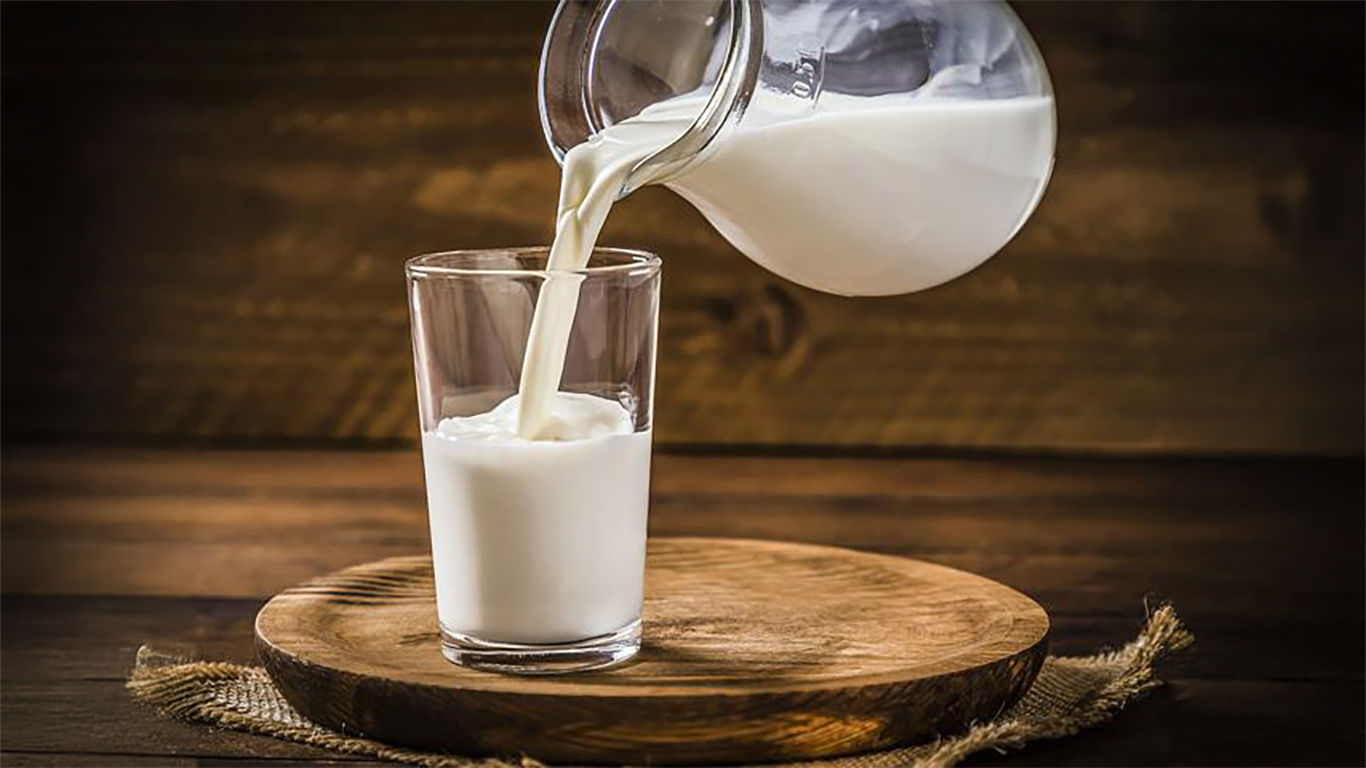
5. Soft Drinks (Carbonated Beverages)
People consume about 200 billion liters of soft drinks in 2024. Classic sodas, flavored sparkling waters, and sugar-free options dominate the market. Despite health concerns, carbonated beverages remain a favorite refreshment.
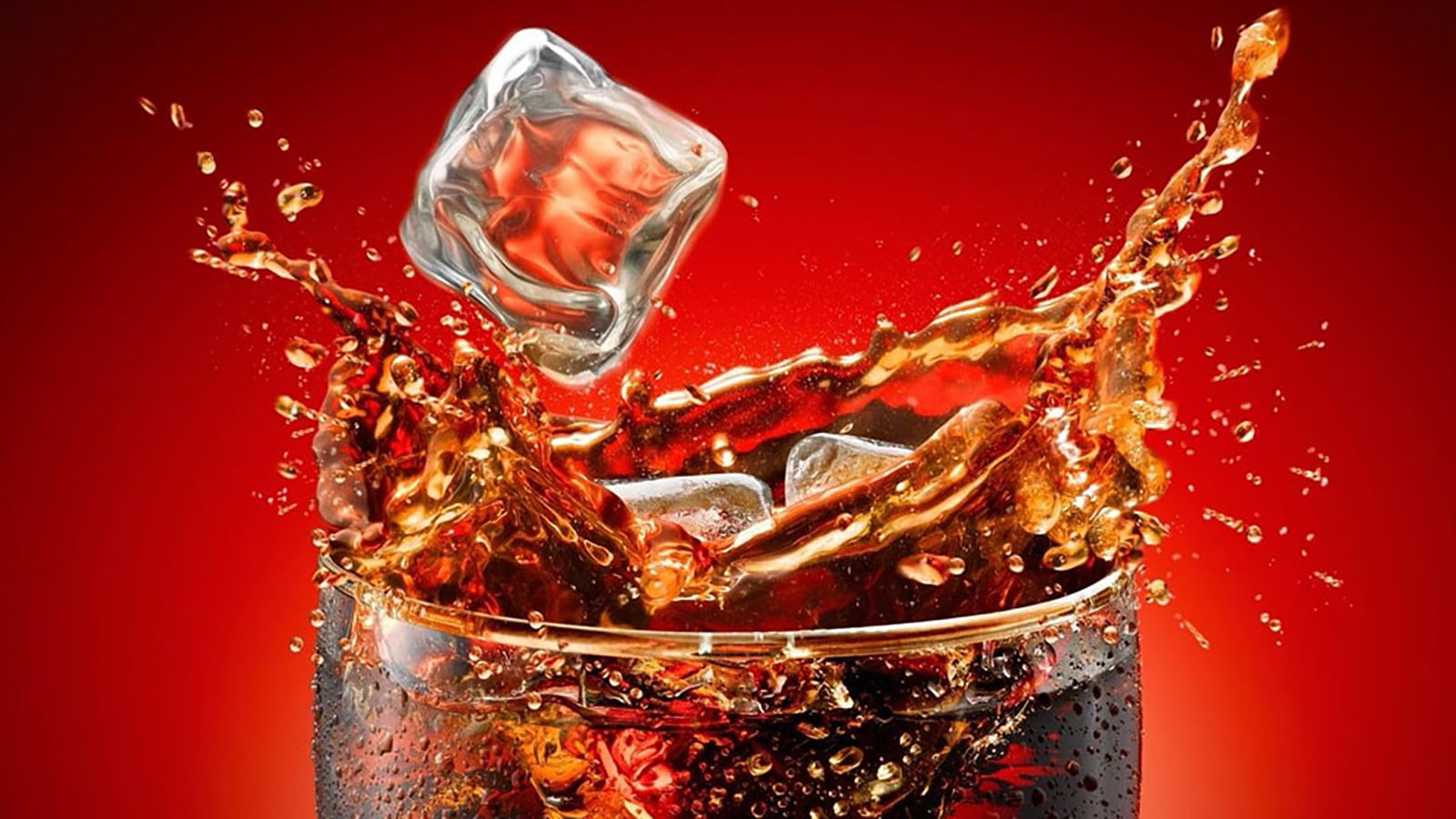
6. Bottled Water
In 2024, people consume over 350 billion liters of bottled water. Many prefer bottled options due to convenience and quality concerns. Sparkling and flavored water varieties continue to rise in demand.
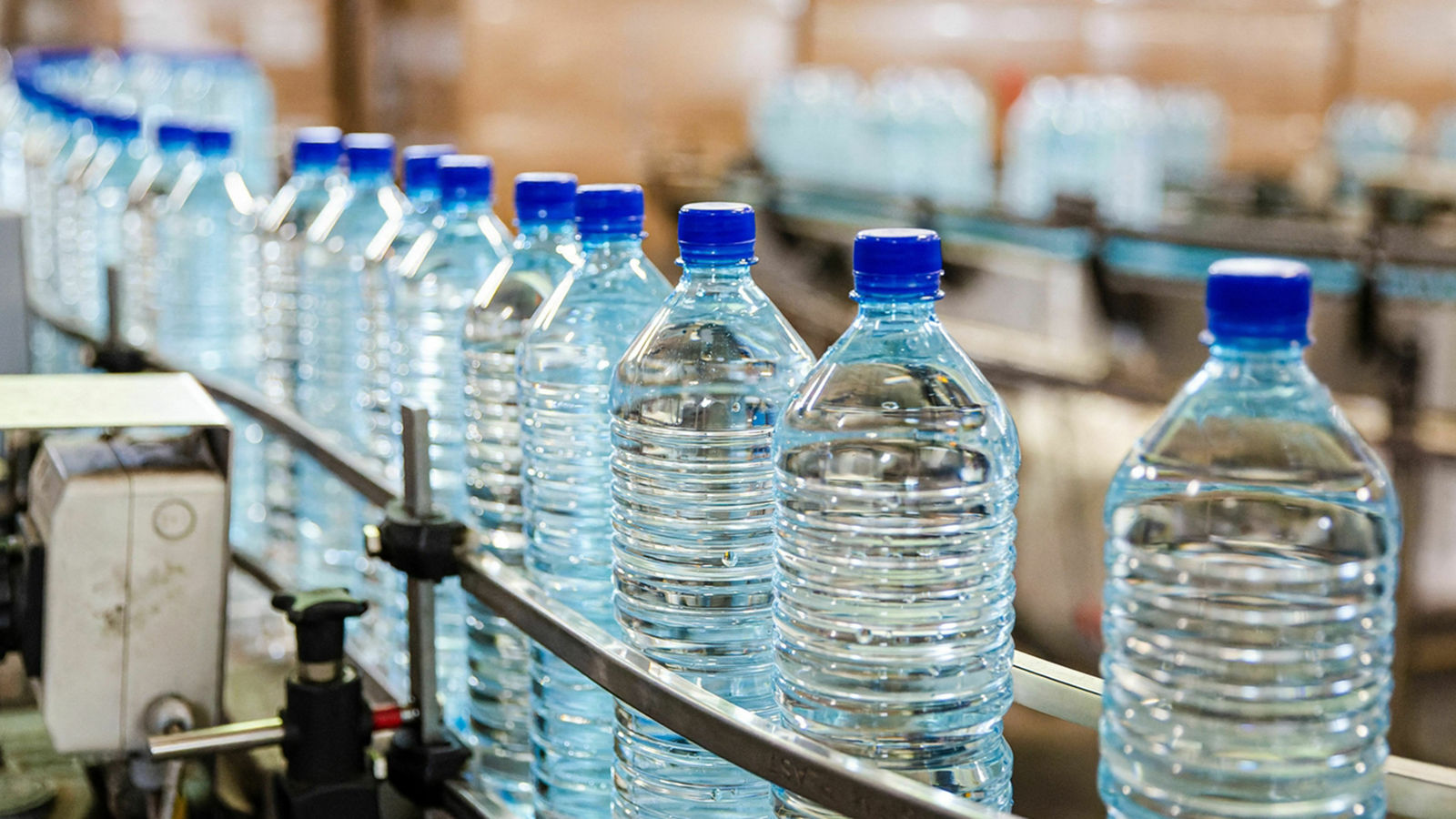
7. Energy Drinks
Global energy drink consumption surpassed 10 billion liters in 2024. Popular among athletes and young adults, these drinks provide caffeine and stimulants for an energy boost. Sugar-free and functional energy drinks are gaining traction.
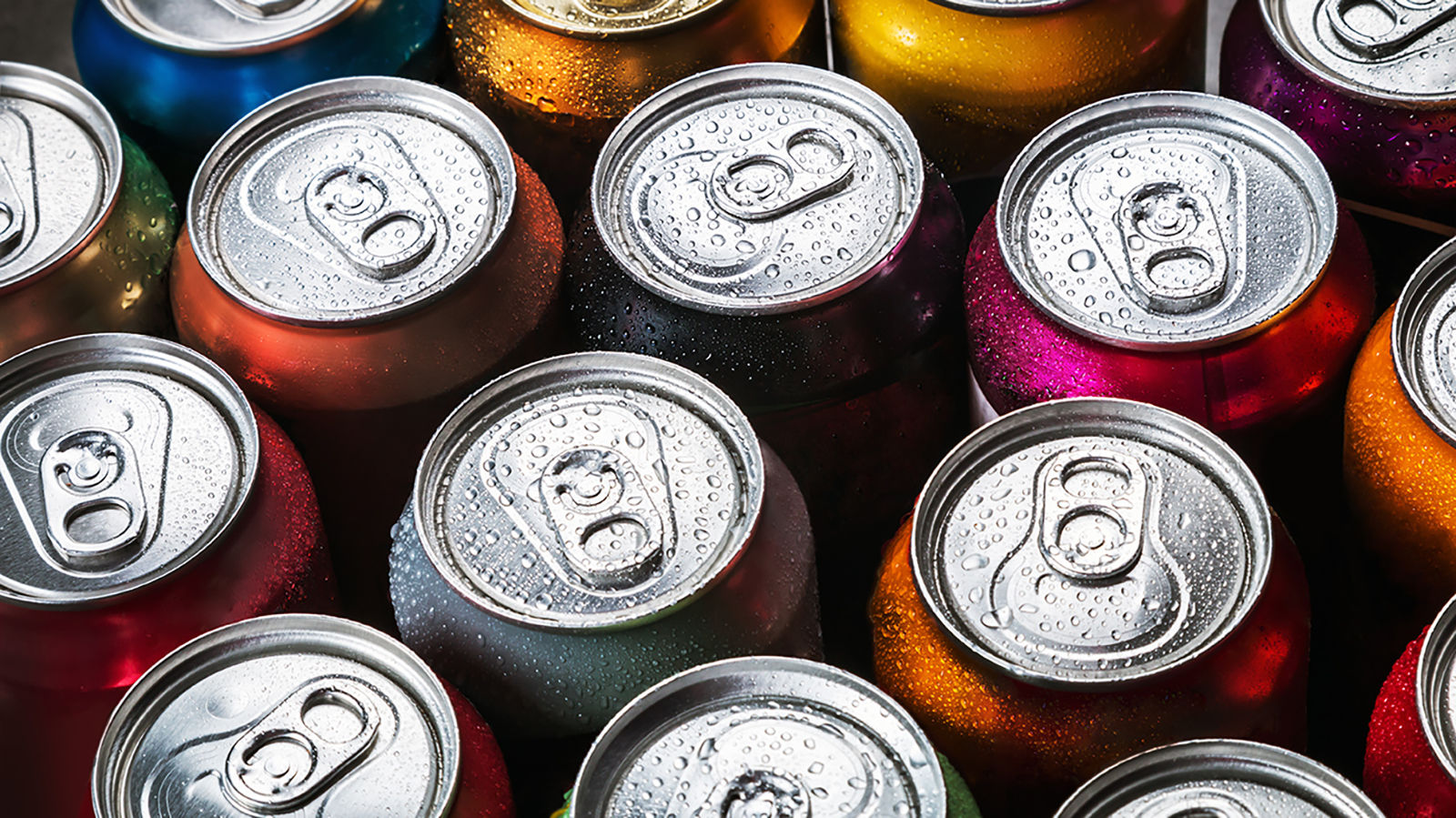
8. Juices (Fruit and Vegetable)
In 2024, people drink around 38 billion liters of juice drink worldwide. Orange juice remains a favorite, while green and mixed vegetable juices have gained popularity. Many consumers prefer fresh, cold-pressed, or organic options for a healthier choice.
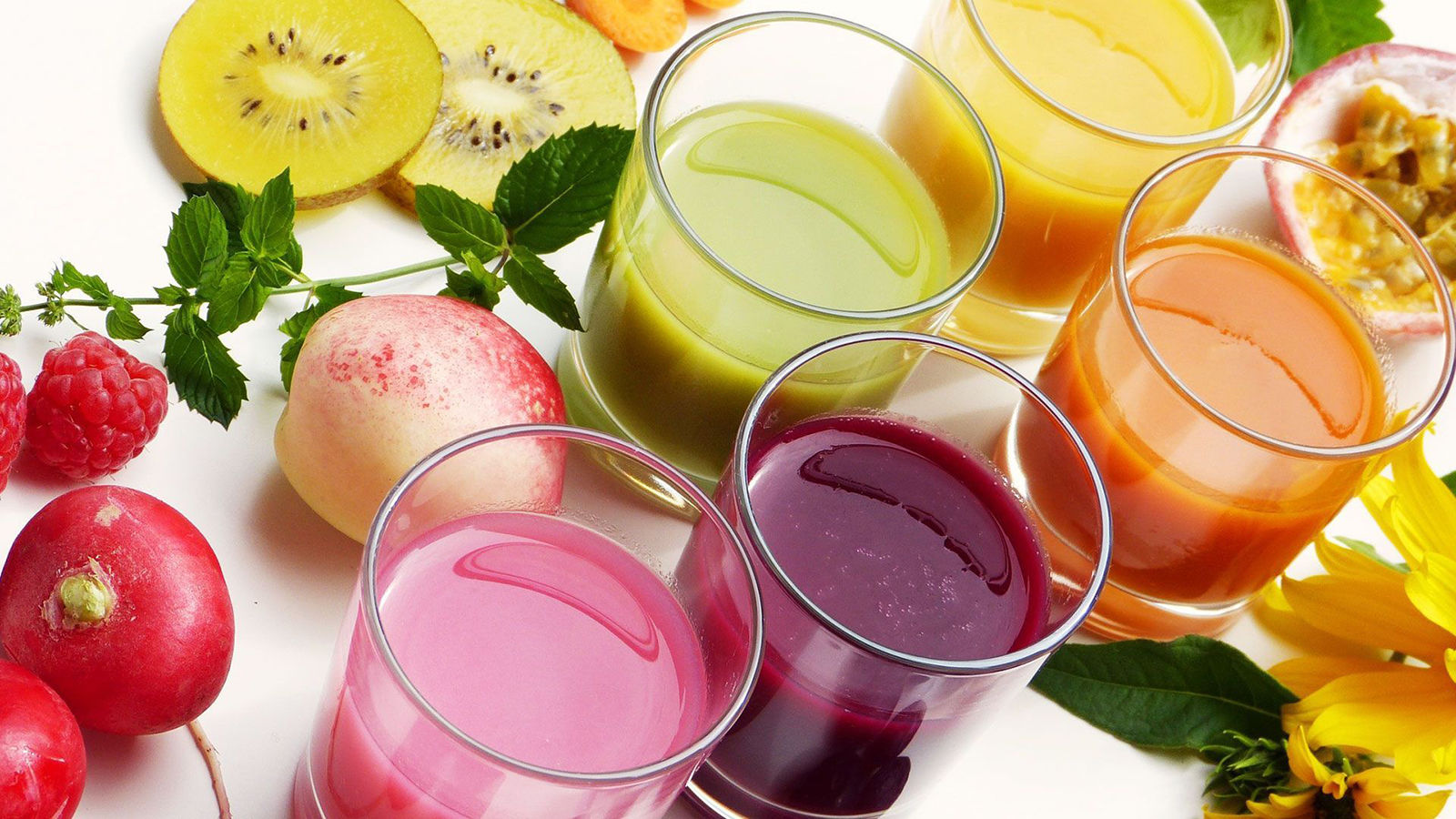
Read more: Types Of Juices & List Of Juices Flavors for Choice
9. Sports Drinks
Consumers drink approximately 13 billion liters of sports drinks in 2024. These electrolyte-rich beverages help with hydration and recovery, making them popular for athletes and active individuals. Sugar-free and low-calorie options are also increasing in demand.
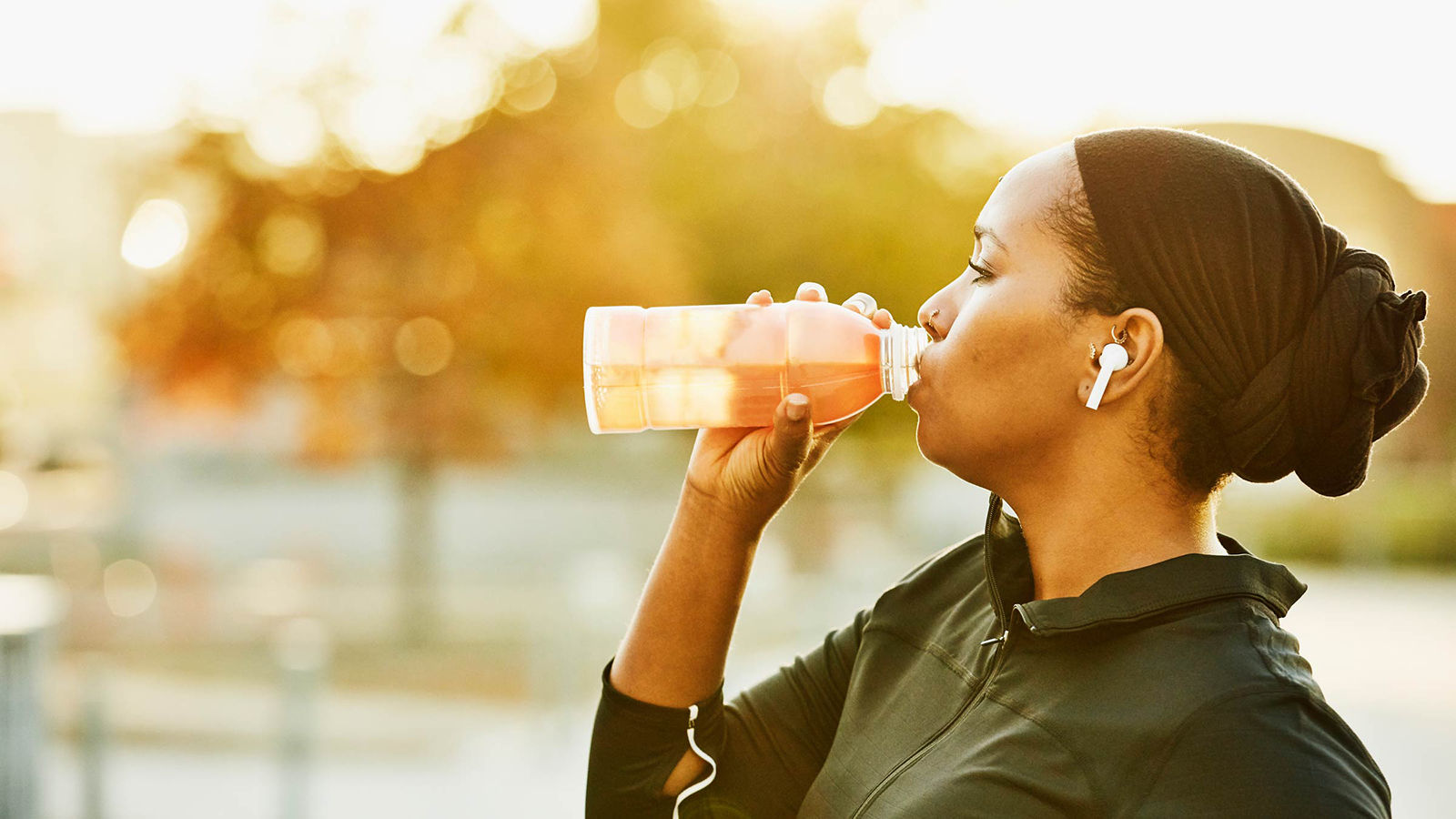
10. Plant-Based Milks (Almond, Soy, Oat Milk)
In 2024, people consume around 10 billion liters of plant-based milk. Almond, oat, and soy milk are widely used as dairy alternatives, with growing popularity due to dietary preferences and environmental concerns.
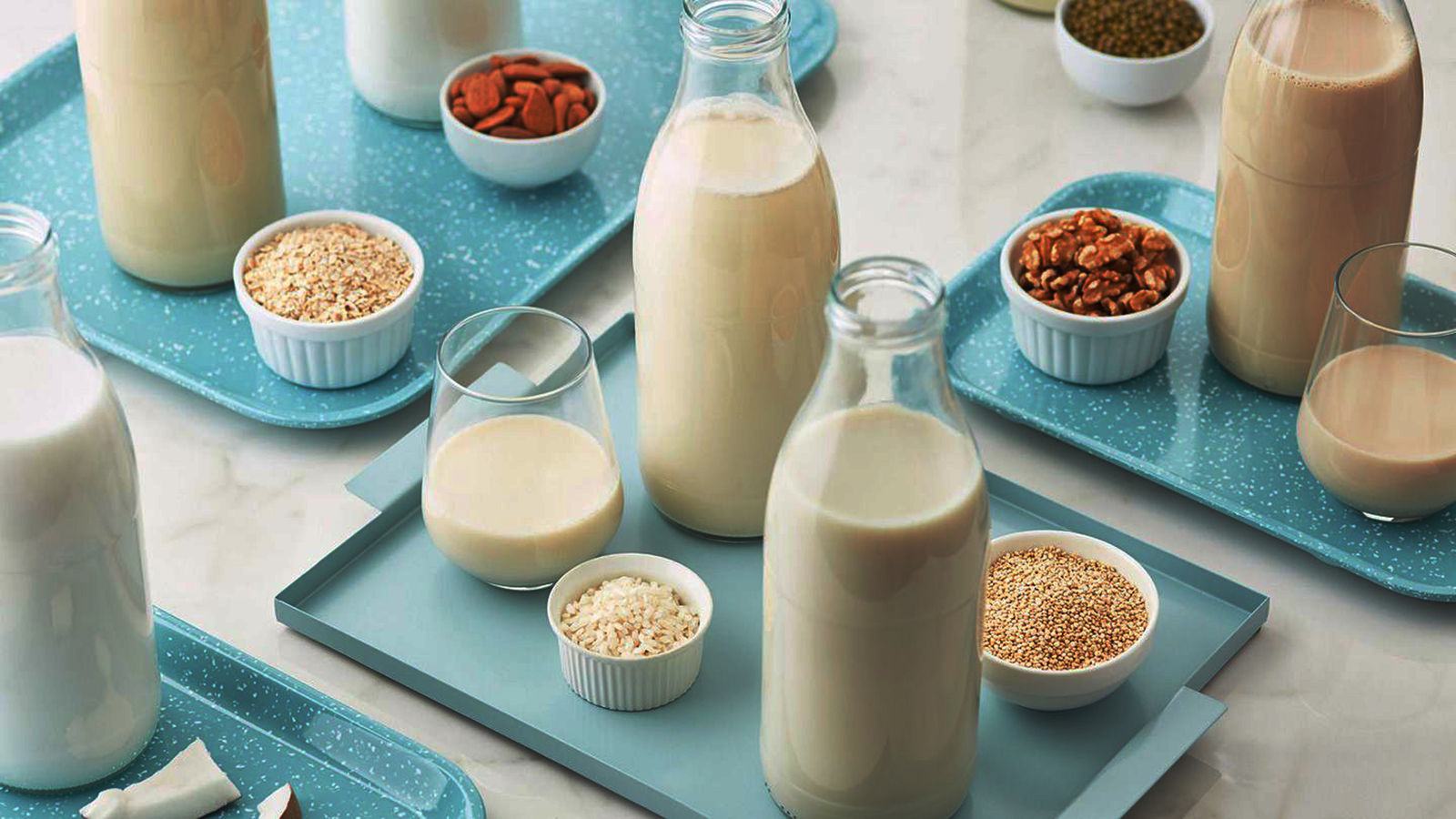
Non-alcoholic drinks remain the most consumed beverages worldwide, offering hydration, energy, and refreshment. These drinks cater to all preferences, from essential choices like water and milk to flavorful options like tea, coffee, and juices. The growing demand for healthier options has boosted the popularity of plant-based milks, smoothies, and kombucha.
Alcoholic Drinks
1. Beer
Consumers drink approximately 185 billion liters of beer in 2024. Beer remains the most widely consumed alcoholic beverage in social gatherings and casual settings. Popular styles include lagers, ales, stouts, and IPAs. Craft breweries continue to grow, offering unique flavors and experimental brewing techniques. Countries like Germany, Belgium, and the U.S. lead in beer production and consumption.
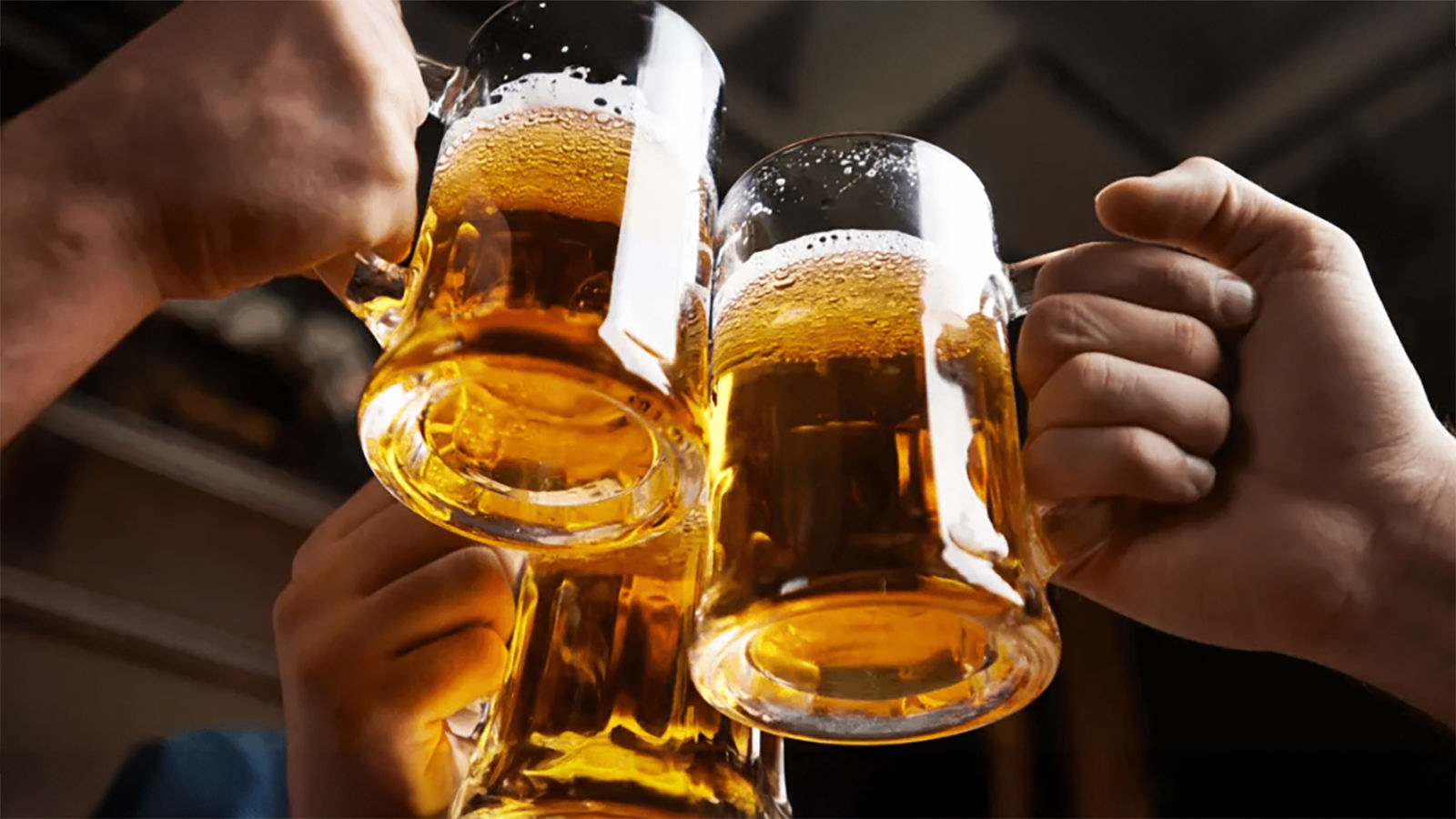
2. Wine
Consumers drink about 24 billion liters of wine in 2024. Red, white, and sparkling wines remain popular worldwide, with regions like Bordeaux, Tuscany, and Napa Valley producing premium varieties. Wine pairs well with gourmet meals and is often enjoyed at celebrations. Organic and biodynamic wines are growing in demand as consumers seek healthier and sustainable options.
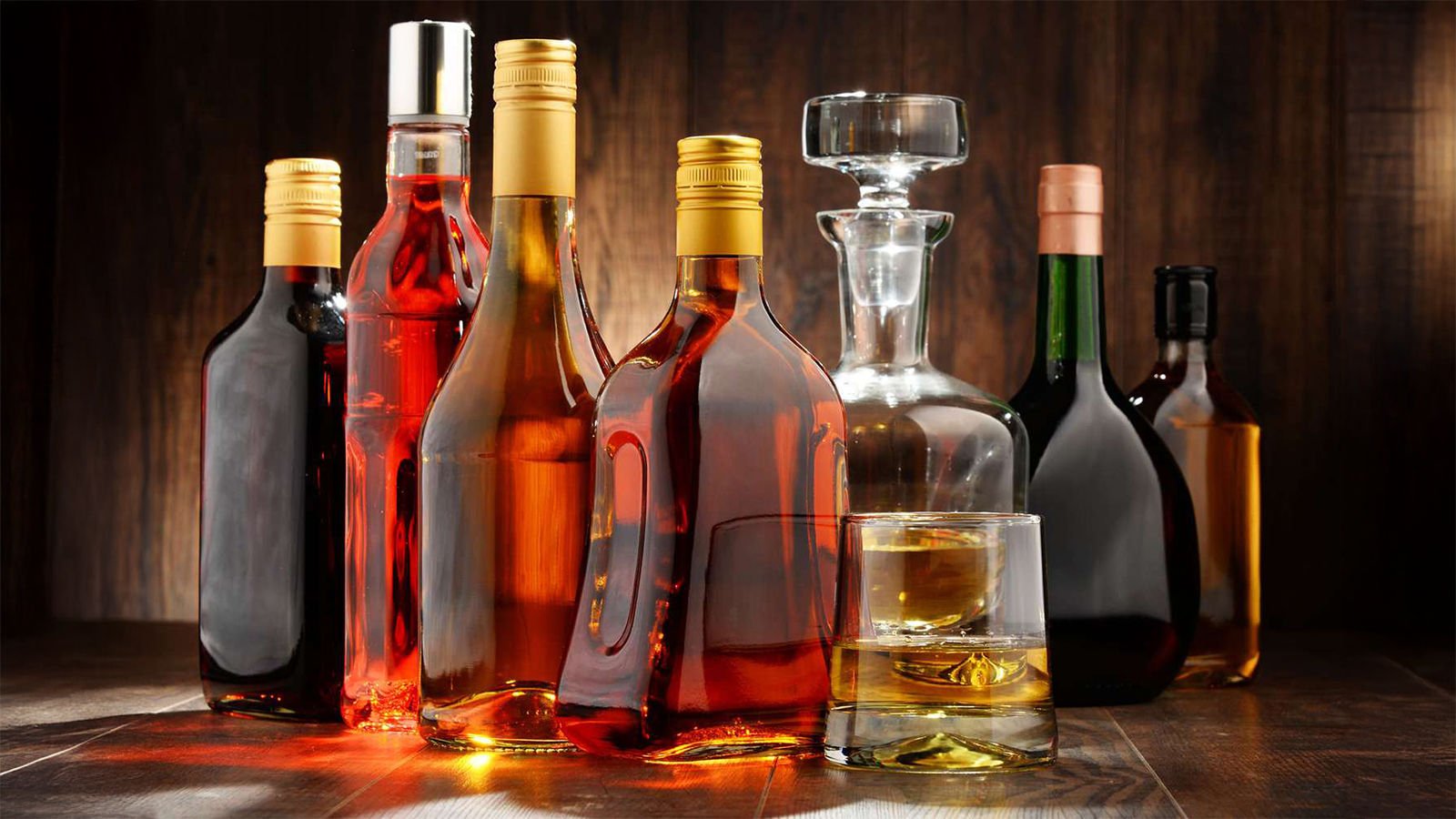
3. Spirits (Vodka, Whiskey, Rum, Tequila, Brandy)
People consume approximately 21 billion liters of spirits in 2024. Vodka and whiskey dominate global markets, while tequila, rum, and brandy maintain strong regional followings. Many enjoy spirits neat, on the rocks, or in cocktails. The demand for premium, aged, and craft spirits continues to increase, with whiskey and tequila gaining significant traction.
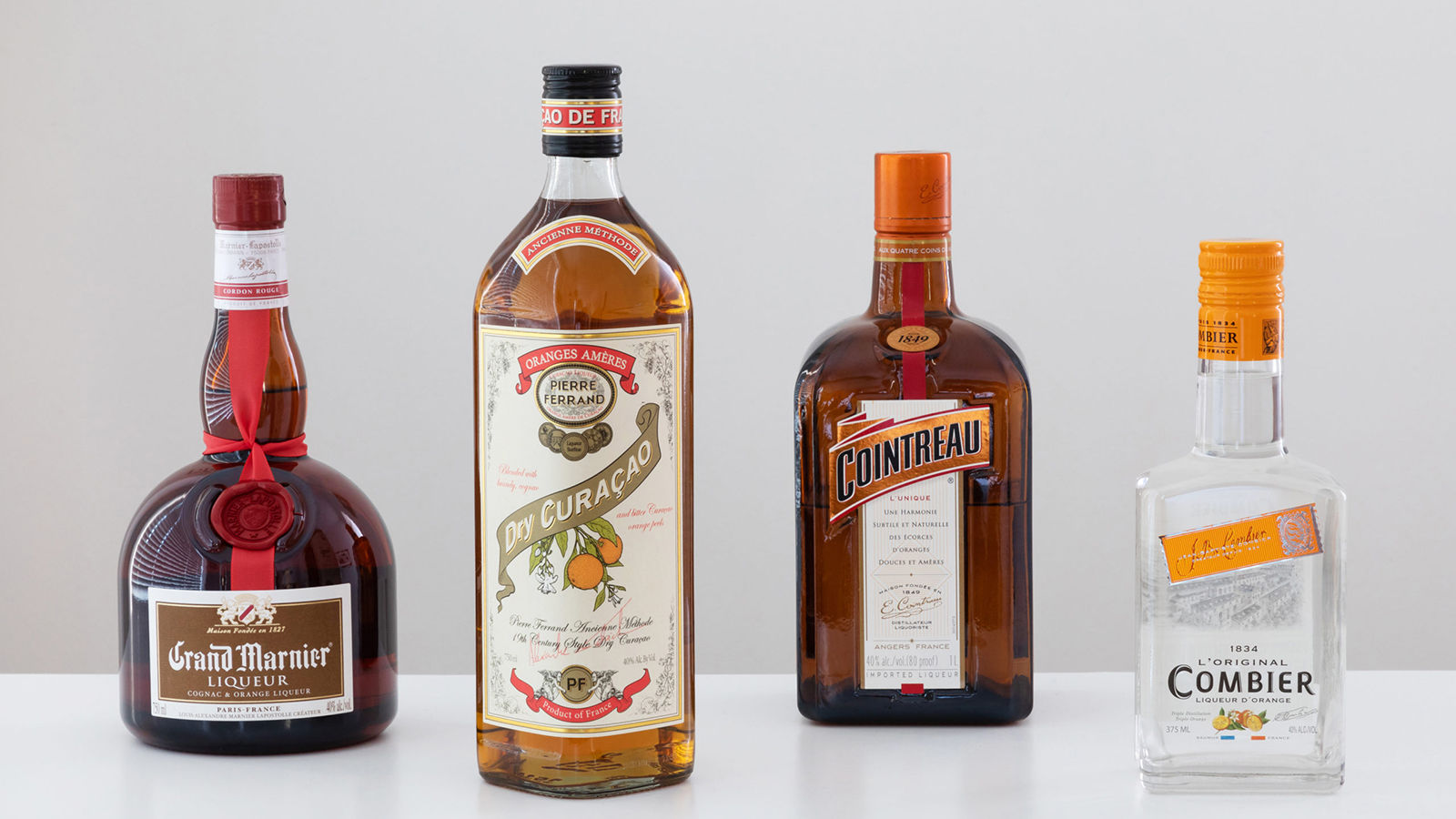
4. Cocktails
In 2024, people consume over 10 billion liters of cocktails. Classic drinks like margaritas, mojitos, and martinis remain popular, while mixologists introduce new creations. Bars and restaurants focus on seasonal ingredients and innovative flavors, driving the cocktail culture forward. Ready-to-drink (RTD) cocktails also continue to rise in popularity.
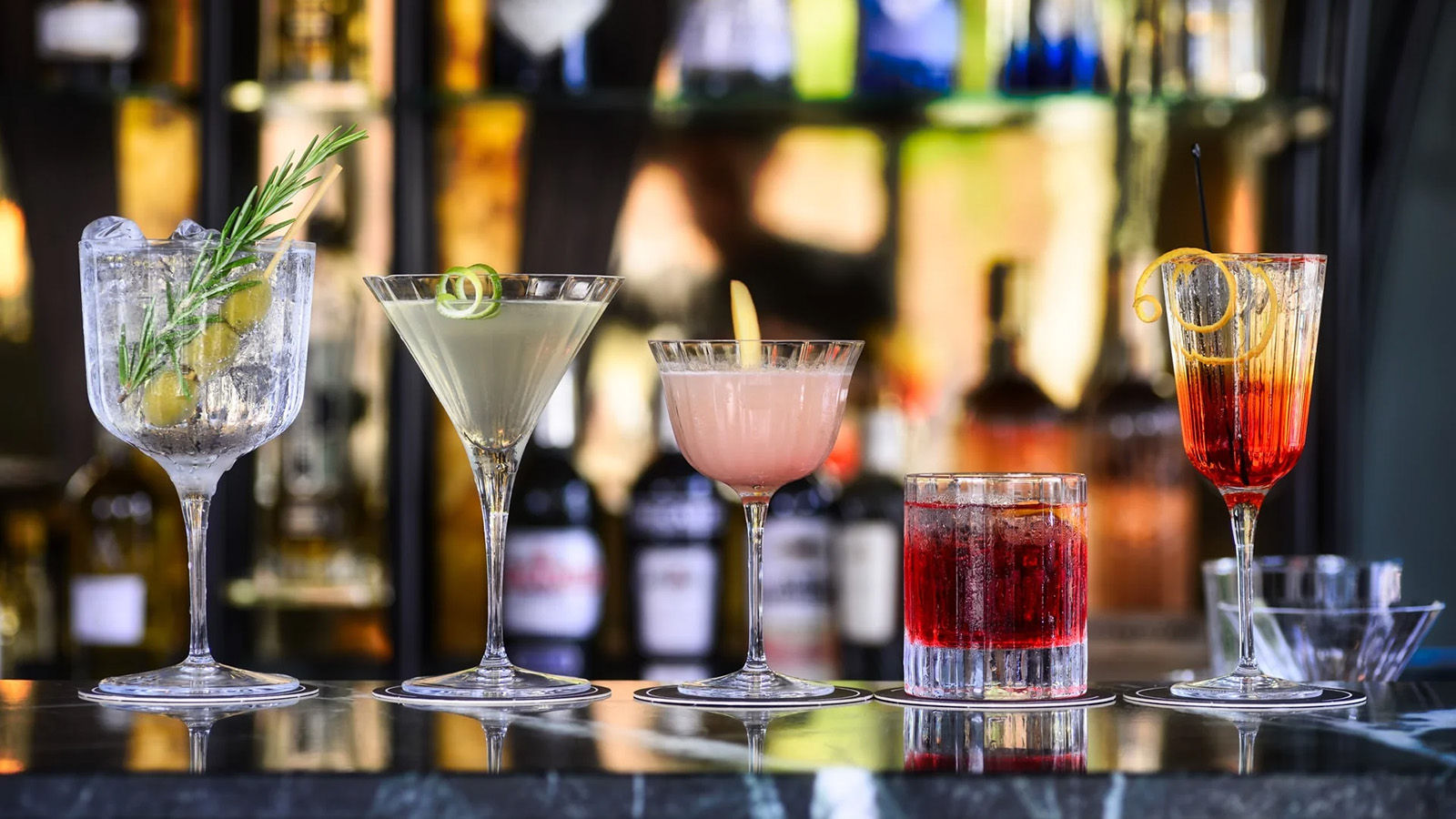
5. Sake
People drink around 2 billion liters of sake in 2024. This traditional Japanese rice wine is commonly enjoyed warm or chilled. While deeply rooted in Japanese culture, sake has gained popularity worldwide, particularly in sushi restaurants. Premium varieties, such as Junmai Daiginjo, attract connoisseurs seeking high-quality options.
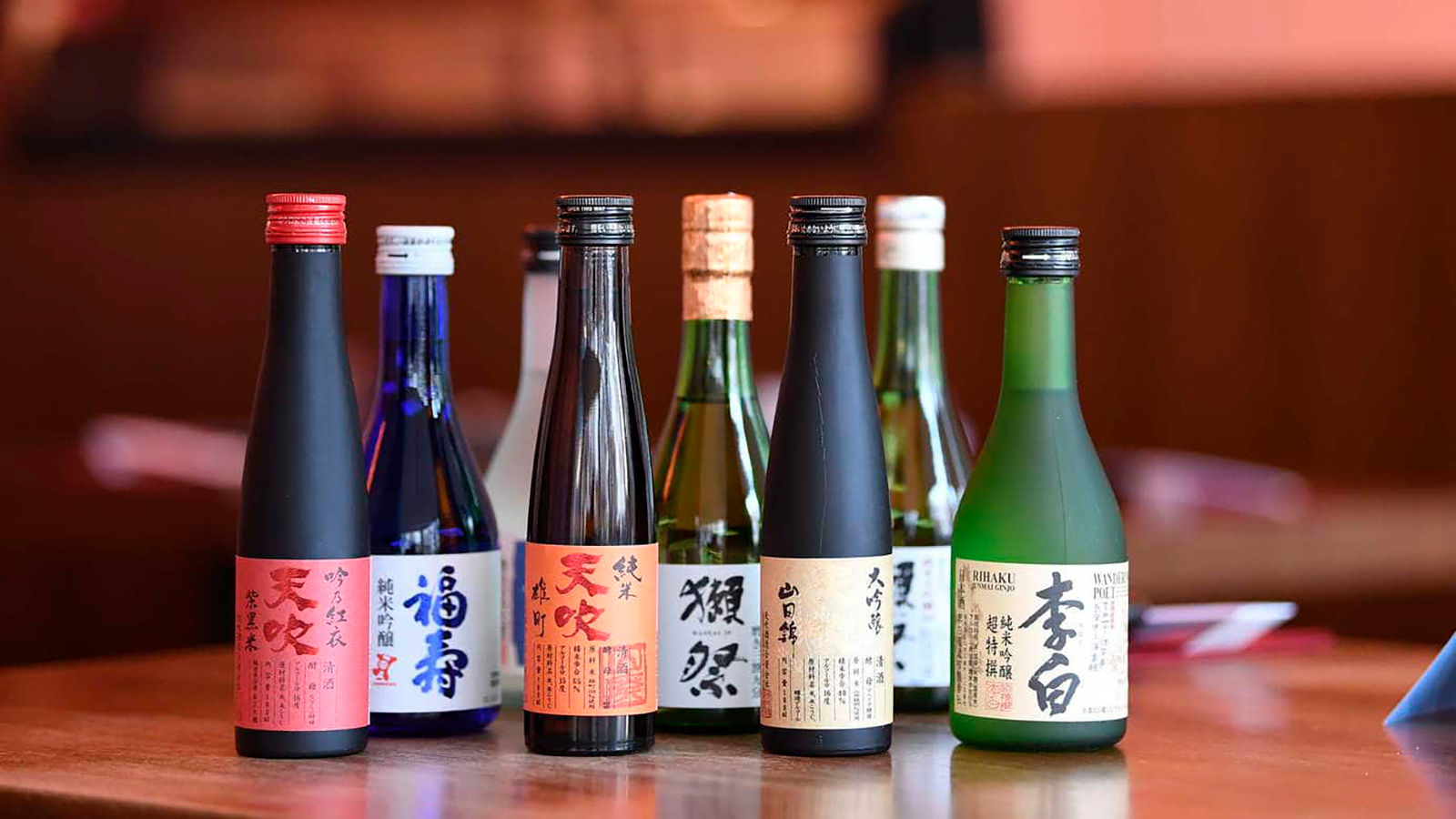
6. Champagne
Consumers drink about 1.5 billion liters of champagne in 2024. champagne is Known as a celebratory drink, widely consumed at weddings, New Year’s Eve, and luxury events. France’s Champagne region remains the top producer, while sparkling wine alternatives from the other areas continue to grow in demand.
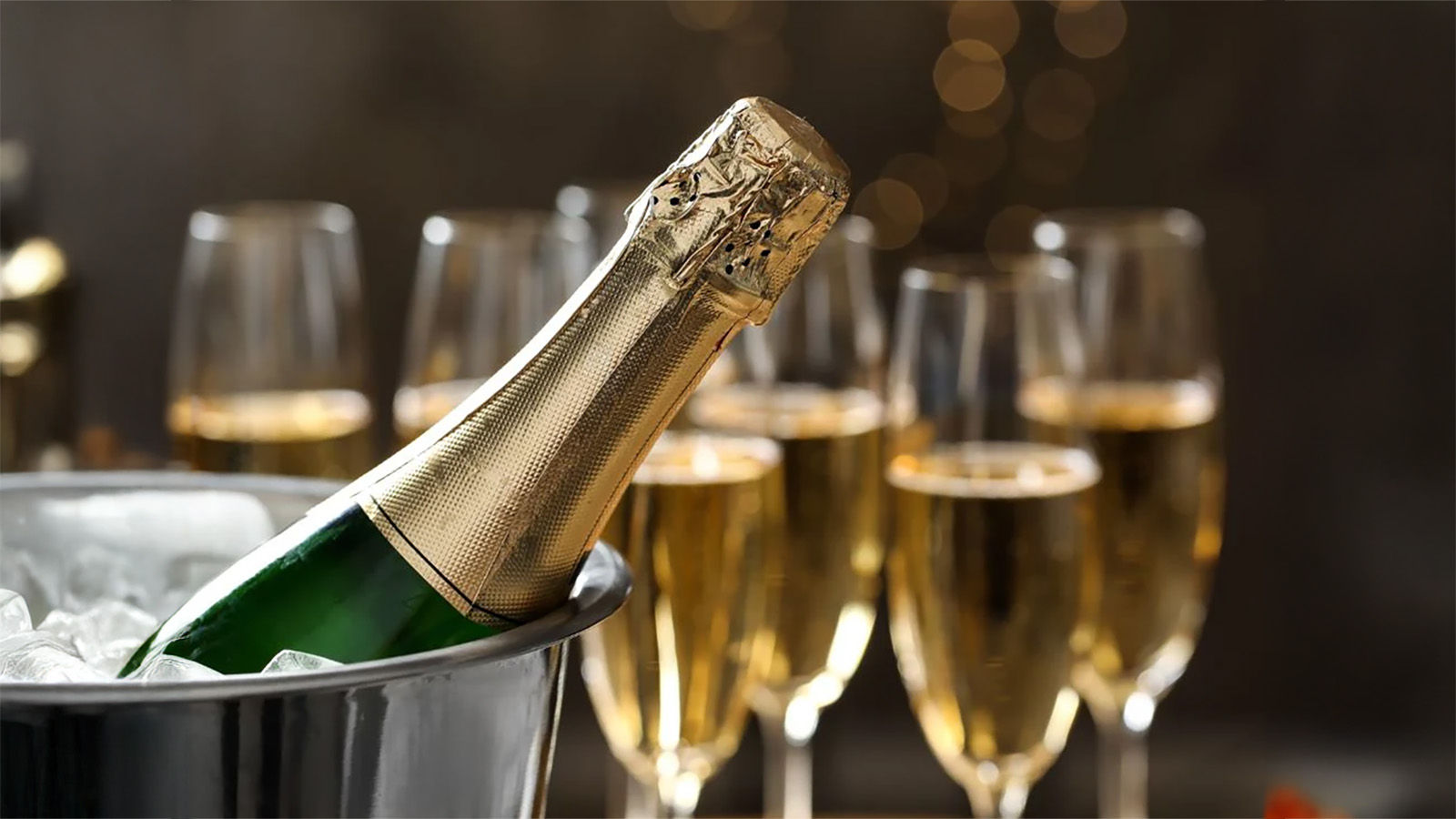
7. Liqueurs
In 2024, people consume 1.2 billion liters of liqueurs. These sweet, flavored spirits, such as Baileys, Amaretto, and Grand Marnier, are popular in cocktails and desserts. Many enjoy them neat or mixed into coffee-based drinks and creative cocktails.
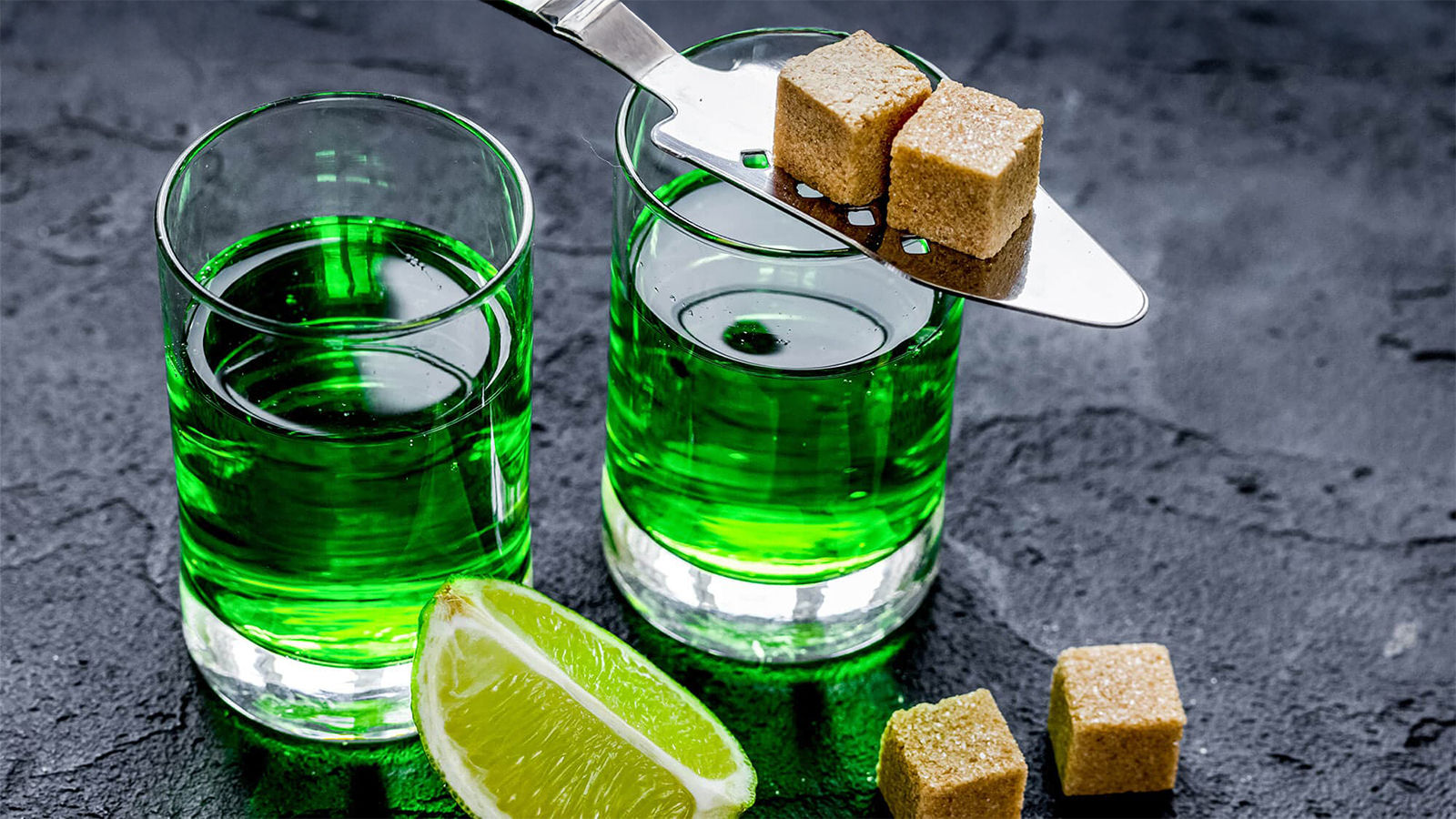
8. Mead
Mead consumption will reach 800 million liters in 2024. This honey-based alcoholic drink, one of the oldest in history, is experiencing a revival. Many craft producers are experimenting with fruit, spices, and aging techniques to attract modern consumers.
9. Cider
Consumers drink approximately 6 billion liters of cider in 2024. Cider is popular in the UK, the U.S., and Australia as an alternative to beer. Dry and sweet varieties appeal to different tastes, while fruit-infused ciders continue to gain popularity.
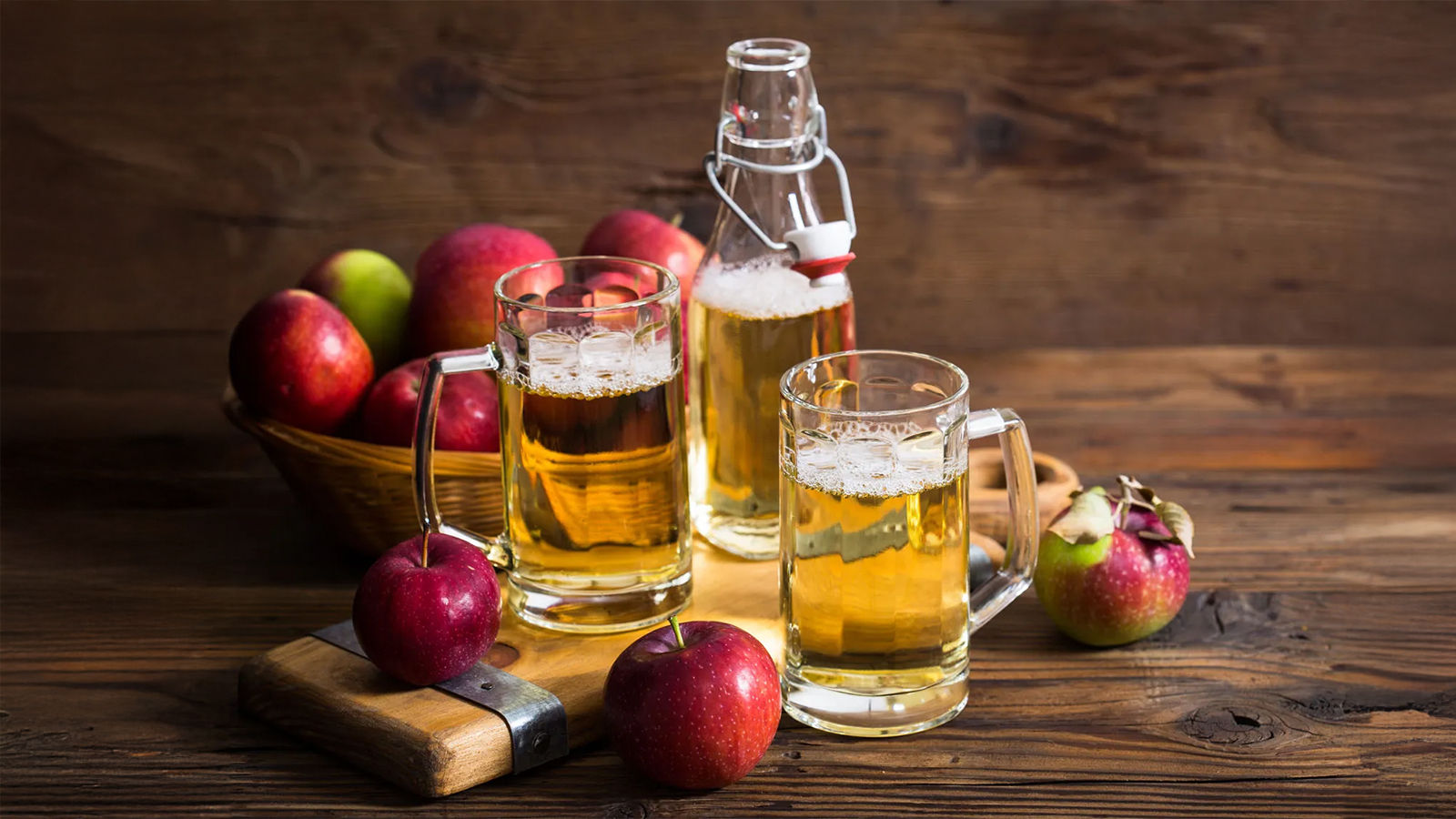
10. Absinthe
In 2024, people consume around 300 million liters of absinthe. Absinthe is known for its substantial alcohol content and herbal flavors, which are traditionally diluted with water and sugar. Once banned in many countries, it has regained popularity in modern cocktail culture.
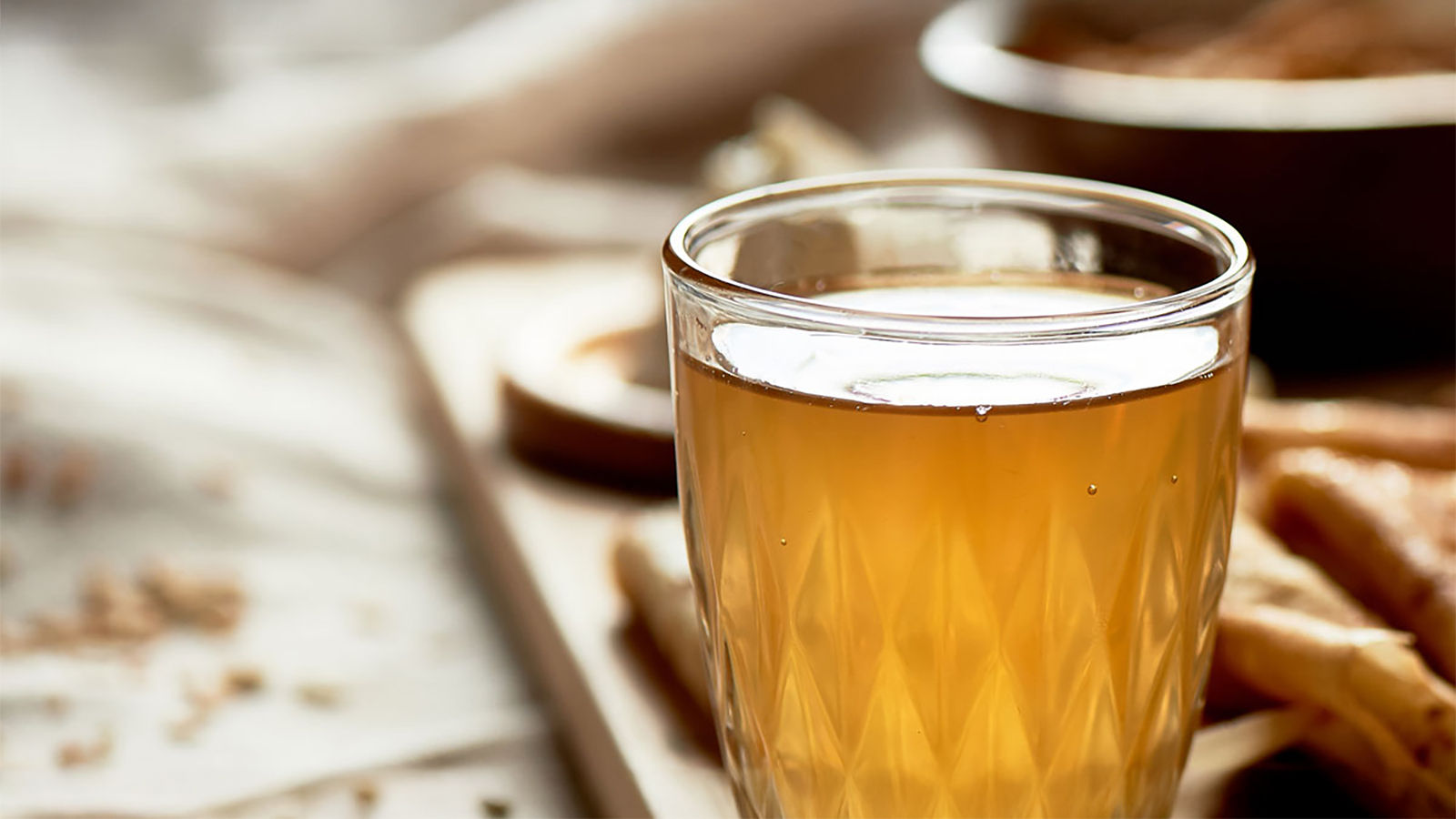
Alcoholic drinks continue to be a key part of social life and celebrations. Beer and wine lead global consumption, while spirits, cocktails, and liqueurs offer variety for different tastes. For casual enjoyment or special occasions, alcoholic beverages remain a dynamic and evolving global market.
We’ve covered a range of cold and hot beverages, highlighting their unique characteristics and benefits. From the simplicity of water to the complexity of cocktails, there are different types of drinks for every occasion and preference.

